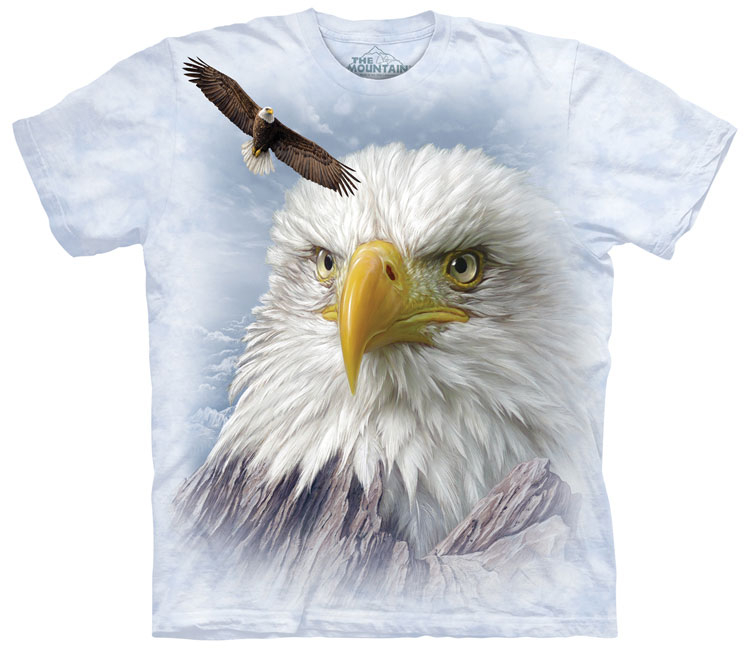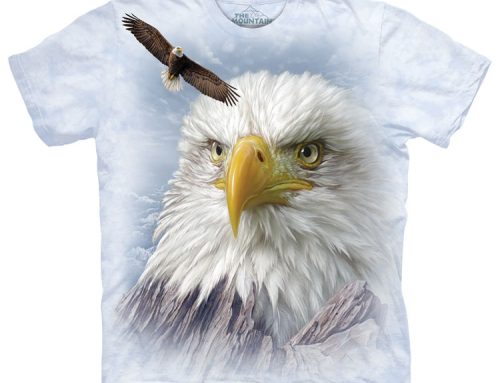What Are the Threats to Wolf Populations? Unveiling the Hidden Dangers
Wolves, majestic and emblematic of the wild, face numerous challenges that threaten their survival in today’s world. These intelligent and social animals are subject to a variety of dangers that put their populations at risk. Understanding “what are the threats to wolf populations” is crucial for wolf lovers who wish to advocate for their protection and conservation. In this piece, we will delve into the myriad wolf threats, exploring the factors that endanger wolves and the measures needed to safeguard their future. Join us as we uncover the hidden dangers that threaten the existence of these incredible creatures.
Habitat Loss and Fragmentation
Urban Expansion
Urban expansion is a significant factor contributing to habitat loss and fragmentation for wolf populations. As cities and towns grow, they encroach on the natural habitats that wolves rely on for hunting, breeding, and shelter. This encroachment not only reduces the available space for wolves but also fragments their habitats, isolating wolf packs and hindering their ability to maintain genetic diversity.
Fragmentation leads to smaller, more isolated populations that are more vulnerable to disease, inbreeding, and reduced genetic diversity. As human settlements expand, wolves are also more likely to come into conflict with humans, leading to increased instances of wolves being hunted or killed. Understanding the impact of urban expansion is crucial for wolf lovers who aim to support efforts to protect and preserve wolf habitats.
Deforestation Impact
Deforestation poses a severe threat to wolf populations by drastically altering their natural habitats. By removing large swathes of forest, deforestation reduces the availability of prey and suitable den sites for wolves. This loss of habitat forces wolves to travel greater distances to find food, increasing their risk of exposure to human activities and conflicts.
Additionally, deforestation fragments wolf habitats, creating isolated patches that disrupt the social structure of wolf packs. Fragmented habitats hinder wolves’ ability to hunt efficiently and raise their young, leading to decreased survival rates. The loss of continuous forest cover also affects the migration patterns of prey species, further complicating wolves’ efforts to find adequate food sources.
To mitigate the impact of deforestation on wolf populations, it is essential to implement conservation strategies that protect remaining forest areas and promote reforestation efforts. By understanding the critical link between deforestation and wolf threats, we can take informed actions to ensure the survival of these magnificent creatures.
Road and Infrastructure Development
Road and infrastructure development significantly contributes to habitat loss and fragmentation for wolf populations. The construction of roads, highways, and other infrastructure projects often cuts through critical wolf habitats, creating barriers that disrupt their natural movement patterns. These barriers can isolate wolf packs, limiting their access to essential resources and leading to genetic bottlenecks.
Moreover, roads increase the likelihood of vehicle collisions, posing a direct threat to individual wolves. The presence of infrastructure also brings humans closer to wolf territories, heightening the chances of human-wolf conflicts. Increased human activity in these areas can lead to the displacement of wolf populations and alter their natural behaviors.
Efforts to minimize the impact of road and infrastructure development on wolves include creating wildlife corridors and implementing measures to reduce vehicle collisions. By addressing the challenges posed by infrastructure expansion, we can help preserve the integrity of wolf habitats and support the long-term survival of these incredible animals.
Human-Wildlife Conflict
Livestock Predation
Livestock predation is a prominent issue in the realm of human-wildlife conflict, significantly impacting wolf populations. When wolves prey on livestock, it often leads to economic losses for farmers and ranchers. In response, these humans may resort to lethal methods to protect their animals, which can result in the killing of wolves.
This conflict is exacerbated by the expansion of agricultural activities into wolf habitats. As traditional prey becomes scarce due to habitat loss, wolves may turn to livestock as an alternative food source. This behavior not only threatens the livelihoods of people but also fuels negative perceptions of wolves, making conservation efforts more challenging.
To address livestock predation, non-lethal deterrents and compensation programs have been developed. These include the use of guardian animals, improved fencing, and financial compensation for livestock losses. By promoting coexistence strategies, we can mitigate the impact of livestock predation on both wolves and the agricultural community, fostering a balanced approach to wildlife conservation.
Illegal Hunting
Illegal hunting, also known as poaching, represents a significant threat to wolf populations worldwide. Despite legal protections in many regions, wolves are often targeted by poachers due to perceived threats to livestock, competition with hunters for game species, or cultural beliefs.
This illicit activity not only reduces wolf numbers but also disrupts the social structure of packs, leading to long-term ecological consequences. For instance, the removal of key individuals, such as alpha wolves, can destabilize packs and reduce their ability to hunt and reproduce effectively.
Moreover, illegal hunting undermines conservation efforts and can lead to decreased genetic diversity within wolf populations. Addressing the issue of illegal hunting requires robust enforcement of wildlife protection laws, public education campaigns, and community engagement to change negative perceptions of wolves.
By tackling the root causes of poaching and advocating for stronger legal protections, we can create a safer environment for wolves, ensuring their continued presence in the wild.
Fear and Misconceptions
Fear and misconceptions about wolves are deeply ingrained in many cultures and have long fueled human-wildlife conflict. Myths portraying wolves as dangerous predators pose a significant threat to their populations. These false beliefs can lead to unjustified fear and hostility, resulting in actions that harm wolves, such as illegal hunting or habitat destruction.
Many people view wolves as a direct threat to their safety or livelihoods, despite evidence showing that healthy wolf populations play a crucial role in maintaining balanced ecosystems. This fear often stems from a lack of understanding about wolf behavior and ecology.
Educational programs and outreach efforts are essential in dispelling myths and promoting coexistence. By providing accurate information and fostering a greater appreciation for wolves, we can work towards reducing fear and mitigating conflicts.
Addressing fear and misconceptions is crucial for wolf conservation efforts, as it helps build public support for protective measures and encourages more harmonious human-wildlife interactions.

Facing the Future: Challenges and Opportunities in Bald Eagle Conservation Efforts
Facing the Future: Challenges and Opportunities in Bald Eagle Conservation Efforts In the ever-evolving landscape of wildlife conservation, the story of the bald eagle stands as a testament to the power of dedicated conservation efforts. Once teetering on the brink of extinction, these majestic birds have experienced a remarkable recovery, drawing attention to the critical […]

Public Awareness: The Unsung Hero in the Bald Eagle Conservation Story
Public Awareness: The Unsung Hero in the Bald Eagle Conservation Story Bald eagles, once teetering on the brink of extinction, now soar as a testament to the power of concerted conservation efforts. These majestic birds have long captured the public’s imagination, serving as a symbol of freedom and resilience. Today, the story of bald eagle […]

Discover the Bald Eagle Habitat: Exploring the Home of America’s National Bird
Discover the Bald Eagle Habitat: Exploring the Home of America’s National Bird Beneath the vast skies and along the serene waterways of North America lies the majestic realm of the bald eagle, the revered national bird of the United States. As an enduring symbol of freedom and resilience, the bald eagle captivates with its powerful […]

Bald Eagle Size and Strength: How They Compare to Other Raptors and What It Means for Their Survival
Bald Eagle Size and Strength: How They Compare to Other Raptors and What It Means for Their Survival When it comes to the majestic realm of raptors, bald eagles stand out with their commanding presence and formidable stature. Their impressive size, marked by a striking eagle wingspan and substantial bald eagle weight, plays a crucial […]

The Majestic Wingspan of the Bald Eagle
The Majestic Wingspan of the Bald Eagle: How It Compares to Other Birds of Prey The bald eagle, with its commanding presence and formidable wingspan, has long been a symbol of strength and freedom. As you explore the world of birds of prey, understanding how the bald eagle’s wingspan compares to its avian peers is […]

How Bald Eagles Hunt: A Closer Look at Their Unique Bird Hunting Techniques
How Bald Eagles Hunt: A Closer Look at Their Unique Bird Hunting Techniques In the realm of avian predators, bald eagles stand out with their remarkable hunting prowess and distinctive feeding habits. As majestic symbols of strength and freedom, these raptors have developed unique bird hunting techniques that make them formidable hunters in the wild. […]

Eagle Lifespan Explained: How Habitat and Environmental Impact Shape Their Years
Eagle Lifespan Explained: How Habitat and Environmental Impact Shape Their Years Eagles are majestic symbols of freedom and power, captivating bird watchers and wildlife enthusiasts alike with their soaring grace and impressive wingspans. However, understanding the bald eagle lifespan requires delving beyond their iconic presence to explore how eagle longevity is intricately tied to their […]

Discovering Bald Eagle Habitats: Where Nature Thrives and Eagles Nest
Discovering Bald Eagle Habitats: Where Nature Thrives and Eagles Nest In the heart of the wild, where nature’s splendor meets the sky, bald eagles find their sanctuary in diverse and thriving habitats. These majestic birds are drawn to nesting sites near expansive lakes, flowing rivers, and the rugged beauty of coastal regions. Such environments offer […]

From Past to Present: The Fascinating Origins of the Bald Eagle’s Name
From Past to Present: The Fascinating Origins of the Bald Eagle’s Name The bald eagle, a majestic bird often associated with the spirit of freedom, has a name steeped in intriguing history and cultural significance. Contrary to today’s understanding, the term ‘bald’ in the context of these regal creatures does not imply a lack of […]

Unlock the Secrets of Dog Grooming: How Often to Bathe a Dog for Optimal Coat Care
Unlock the Secrets of Dog Grooming: How Often to Bathe a Dog for Optimal Coat Care Unlocking the secrets of dog grooming can feel like unraveling a mystery, but understanding how often to bathe your furry friend is a crucial step toward optimal coat care. Whether you’re a seasoned dog owner or a budding pet […]
Read more interesting animal facts here
Follow us on Facebook and Twitter to receive 10% off your order!
Size Chart – Dropship – Contact Us – Track Order
Baby Onesies – Hoodies – Ladies Tee Shirts – Long Sleeve Shirts – Mini Dresses – Aquatic – Bears – Big Cats – Birds – Bison – Cats – Deer – Dinosaurs – Dogs – Dolphins – Dragons – Eagles – Elephants – Fairies – Farm Animals – Frogs – Giraffes – Horses – Lions – Moose – Native American Indians – Other – Outdoor – Patriotic – Peace – Primates – Reptiles – Scary – Tigers – Unicorns – Wolf – Hats








